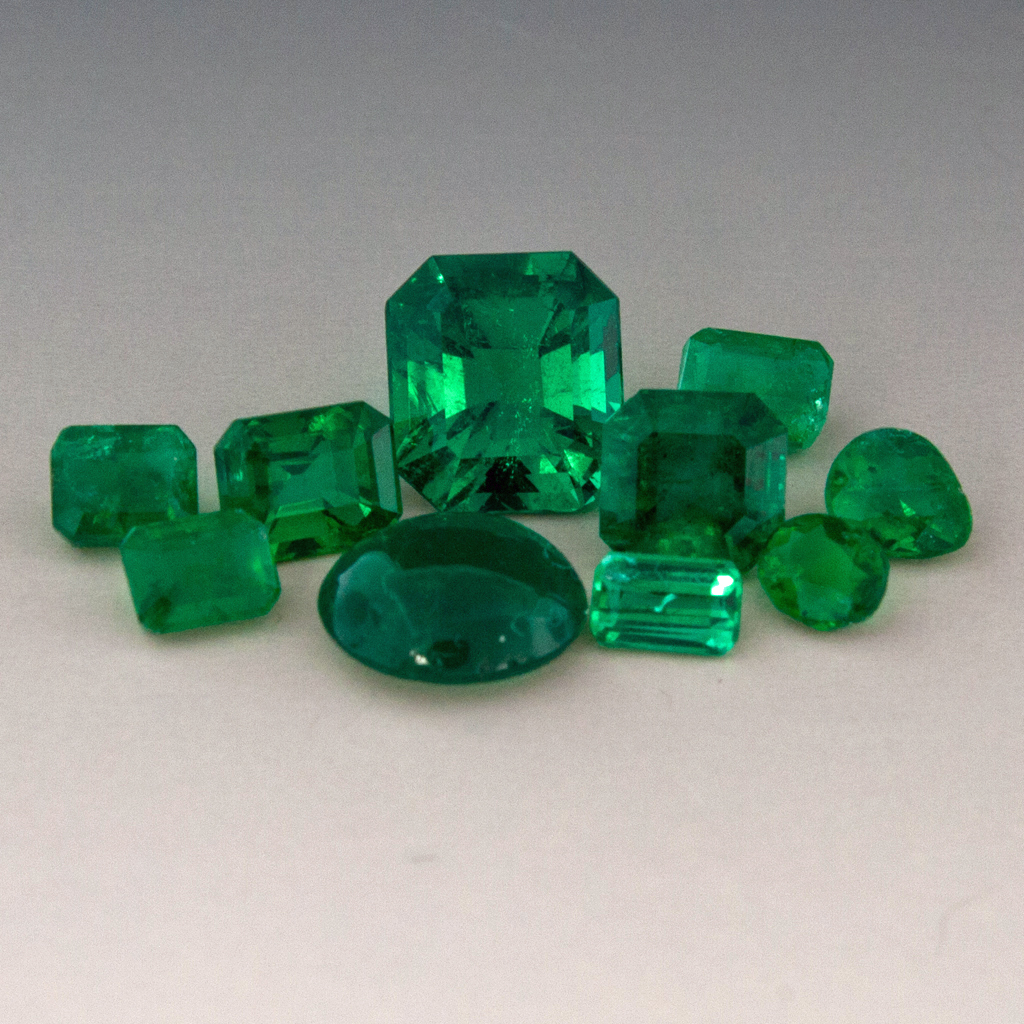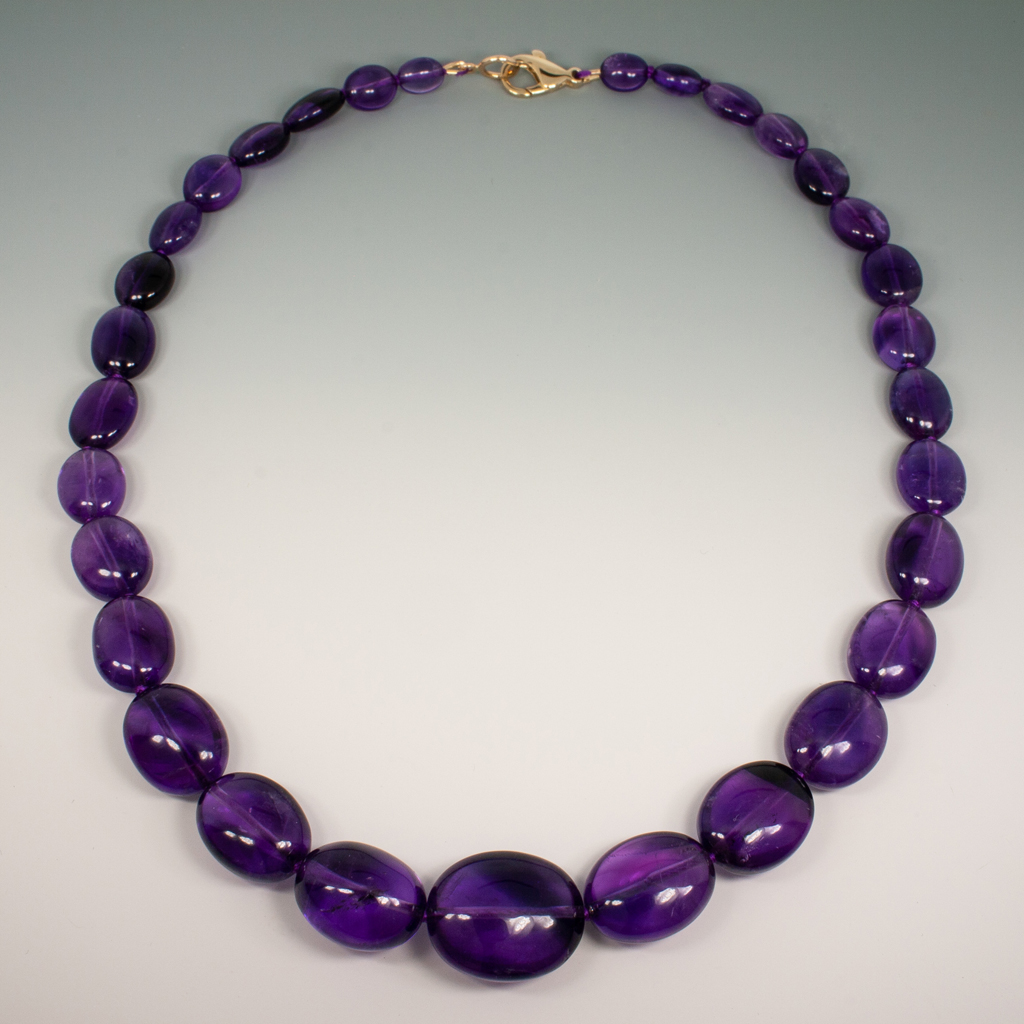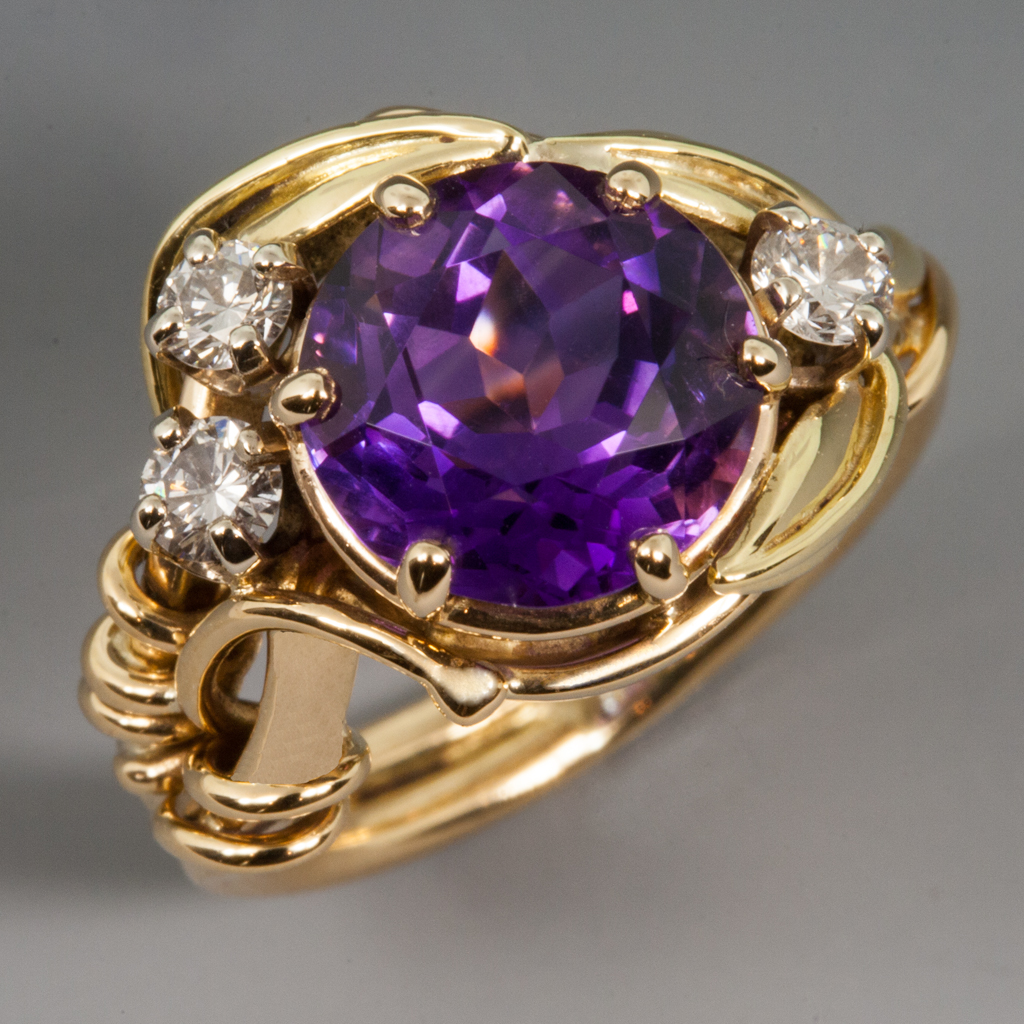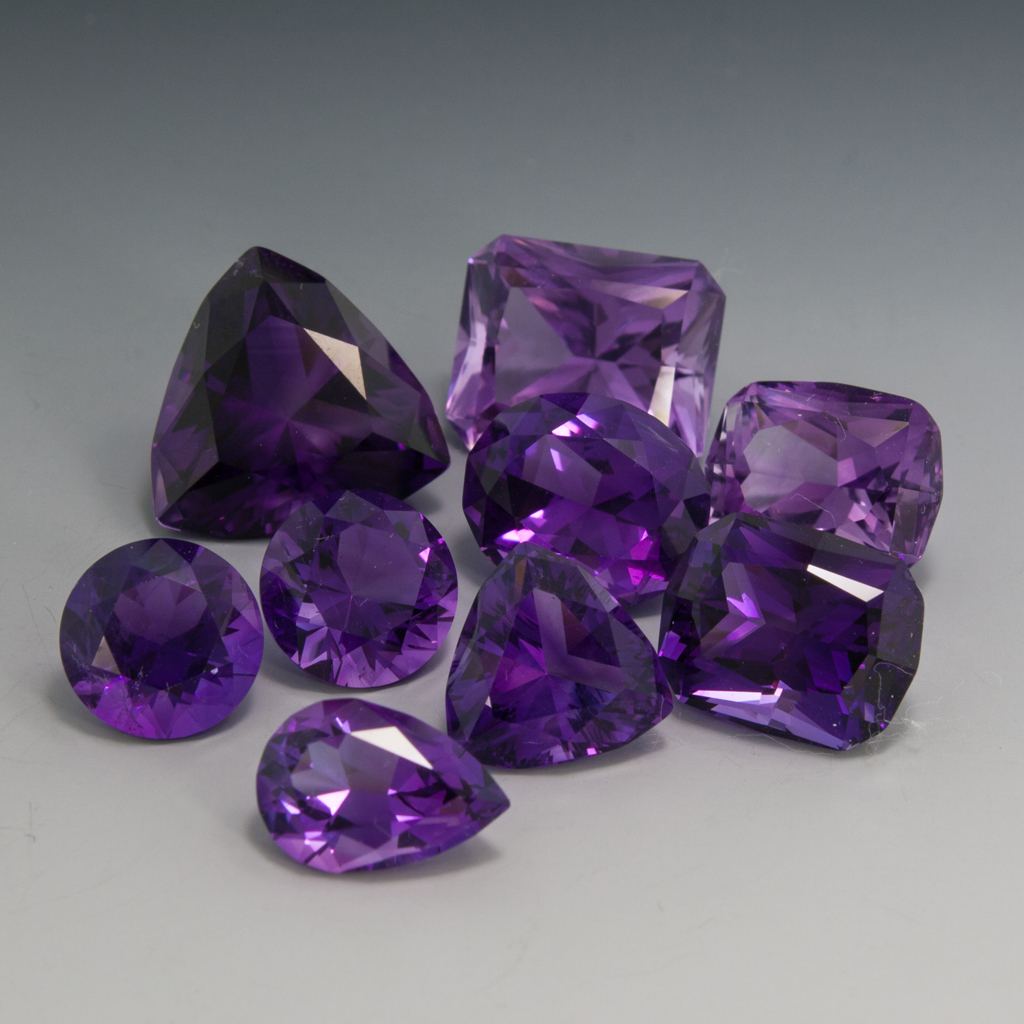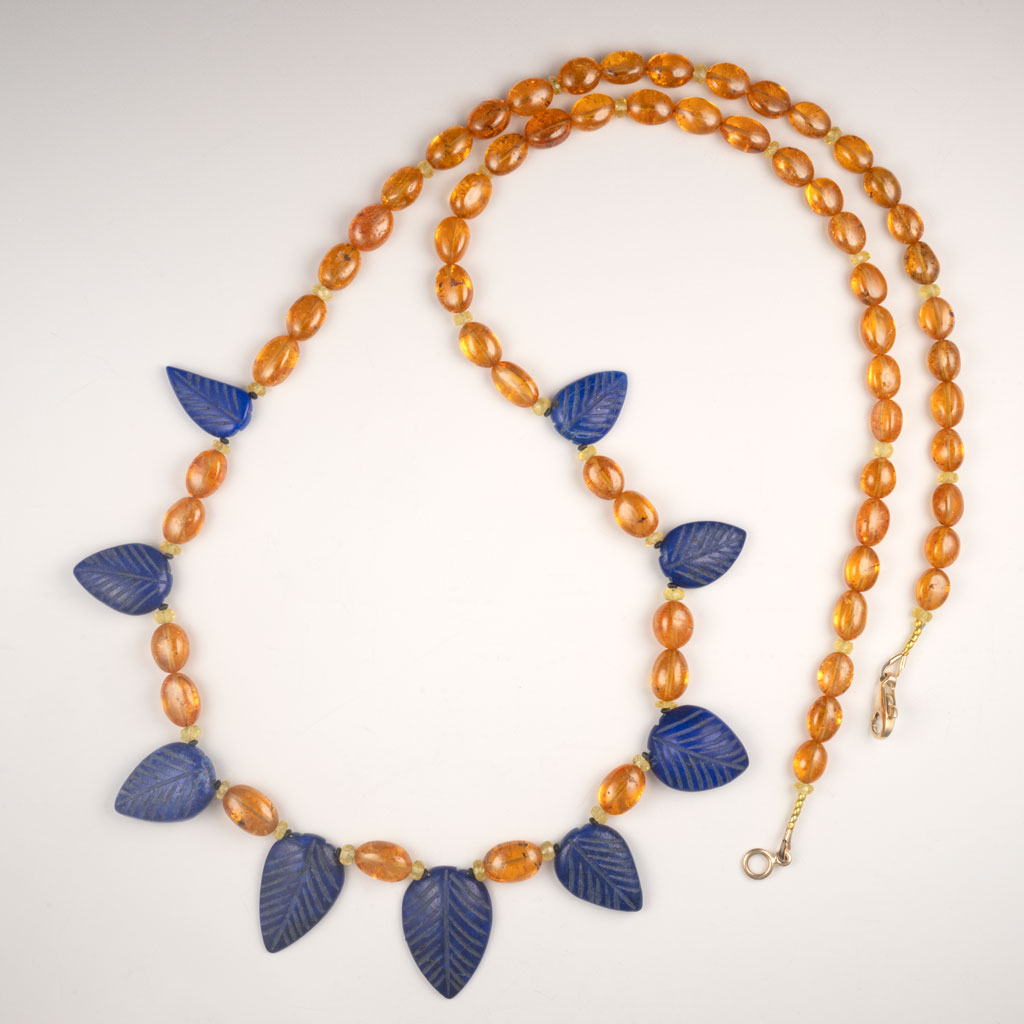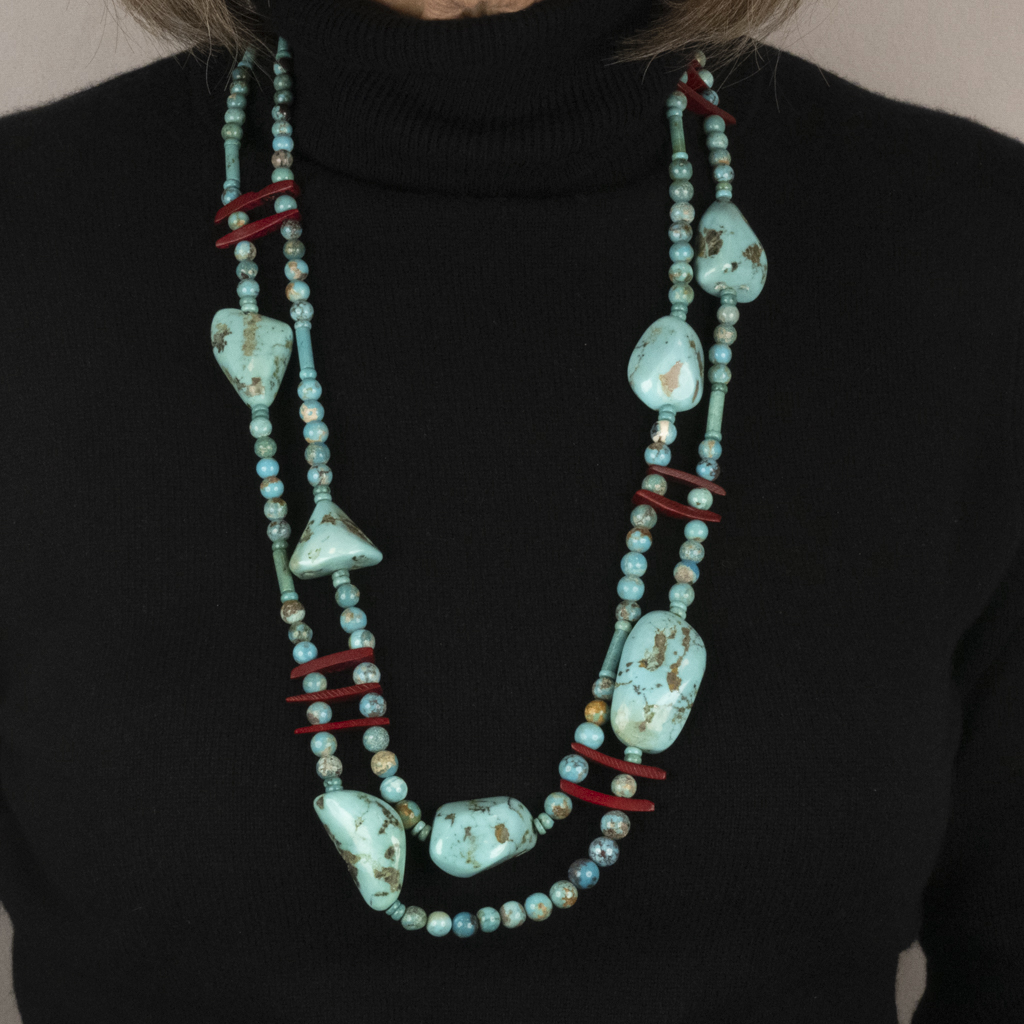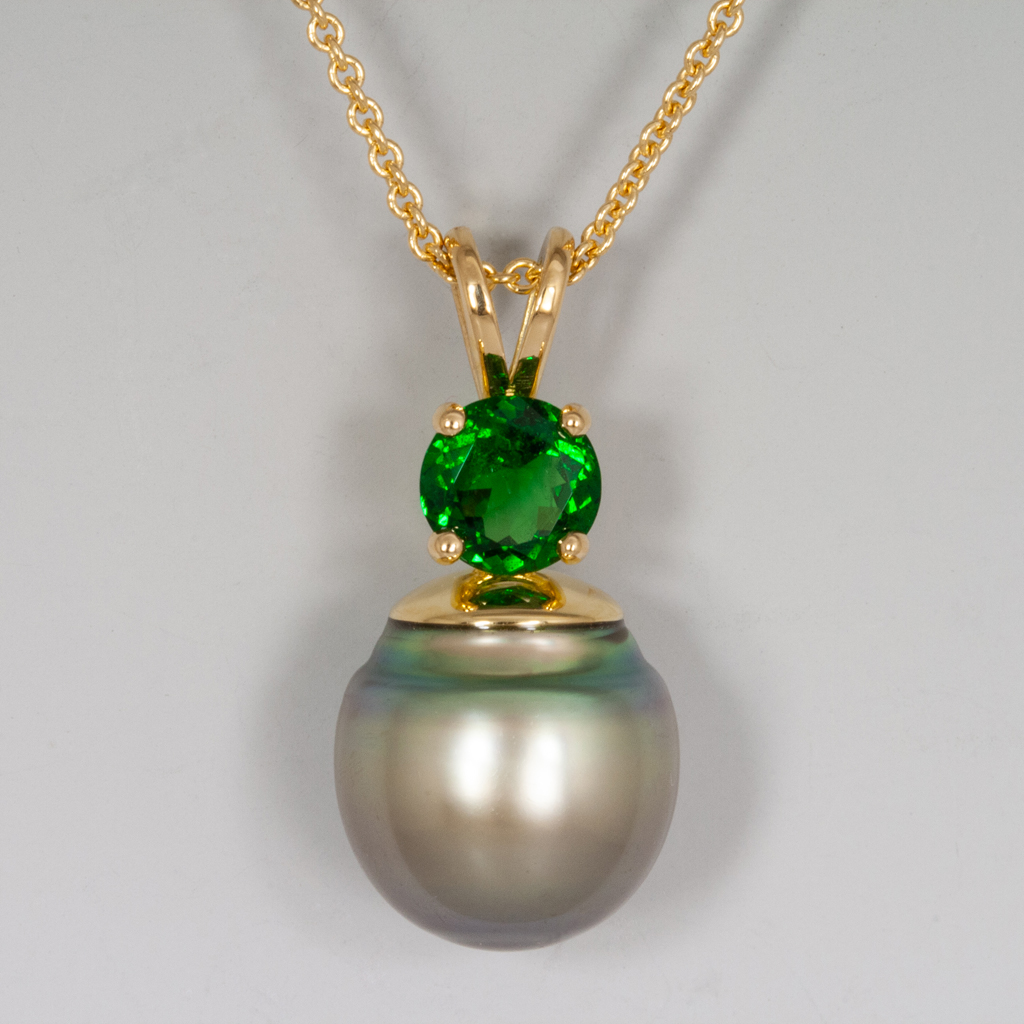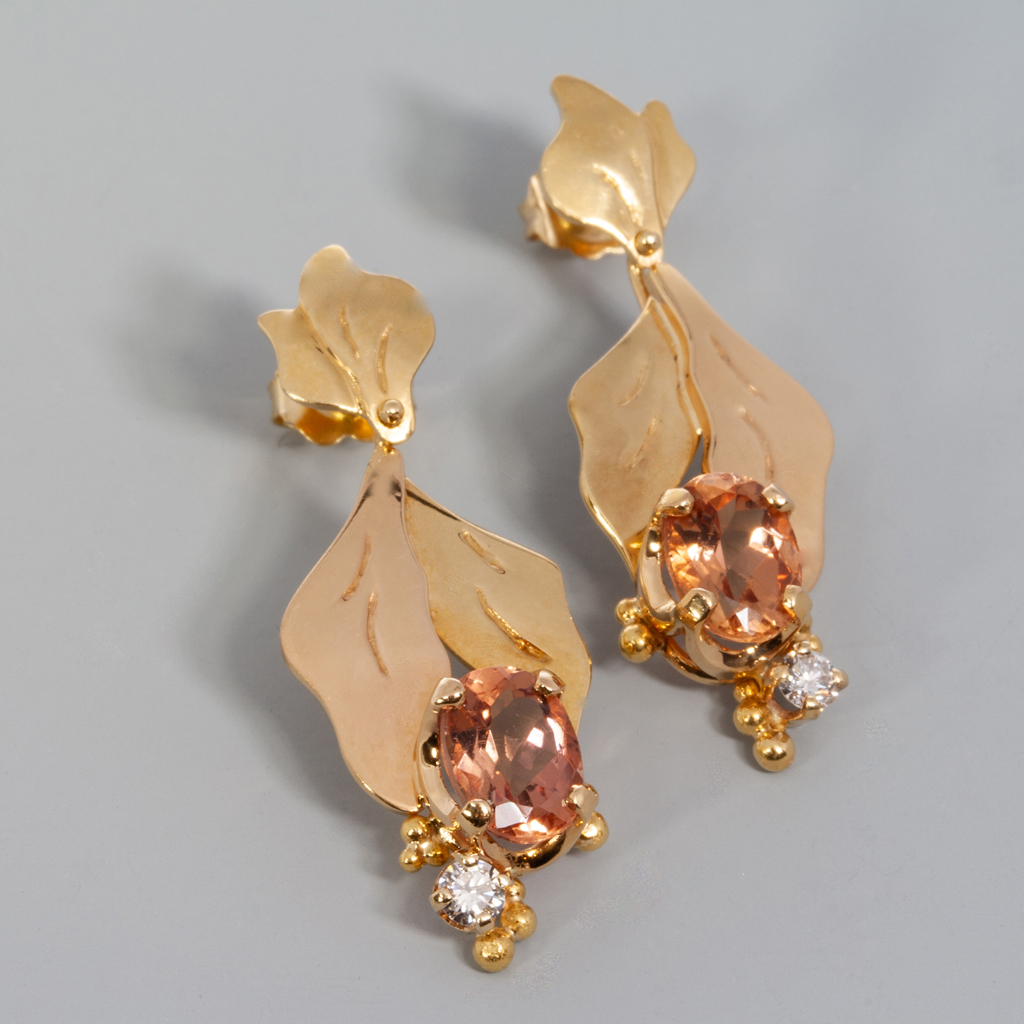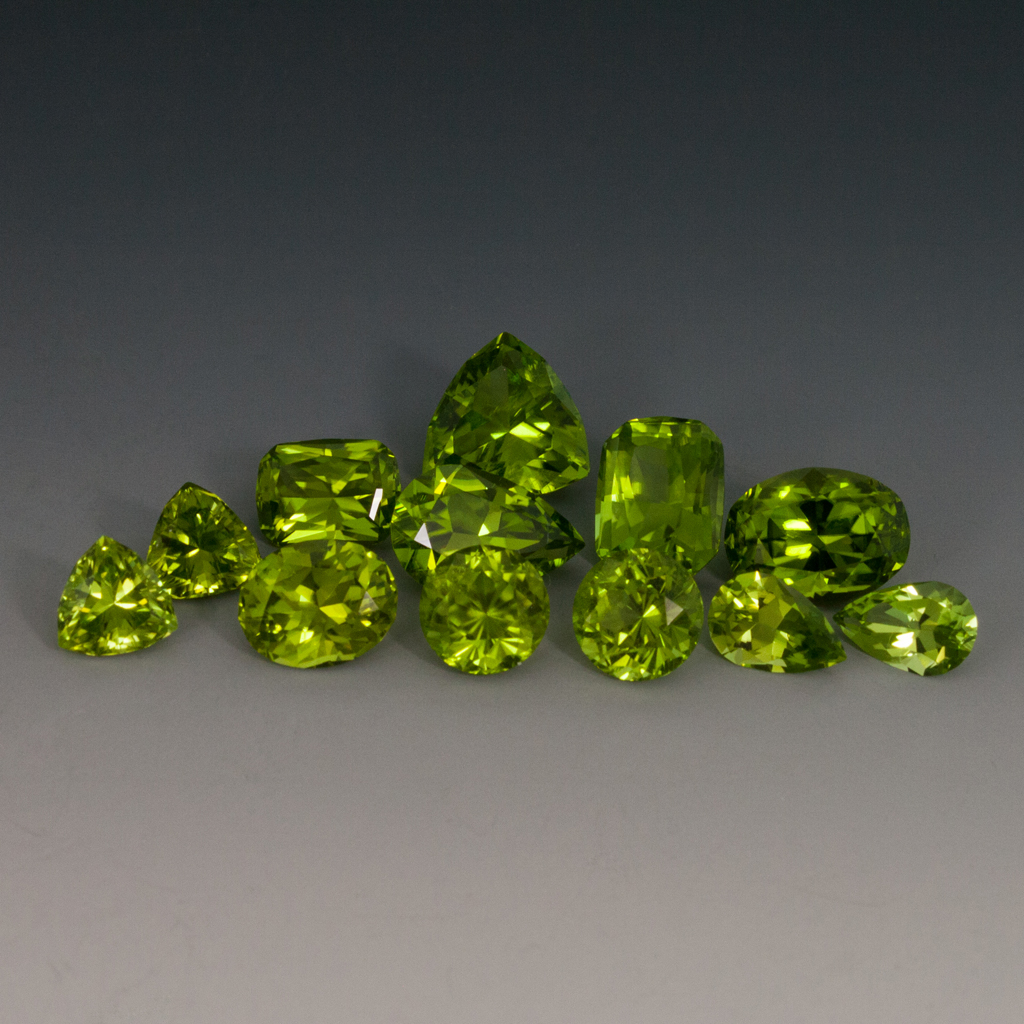
Most gems are colored by impurities in the crystal. Peridot’s yellow-green is due to the presence of iron. Higher quality stones have an intense color. The best peridot is pure grass green. Most of the stones with the finest color come from Myanmar and Pakistan. Peridot has extremely high double refraction: when you look closely through the gem, you can see two of each pavilion facets.
